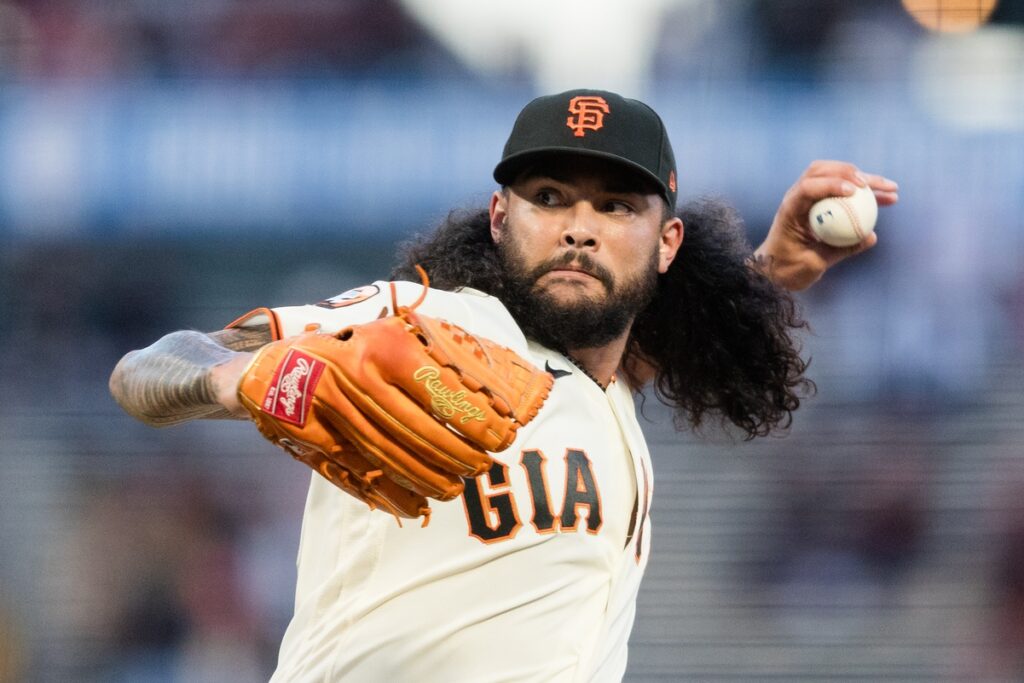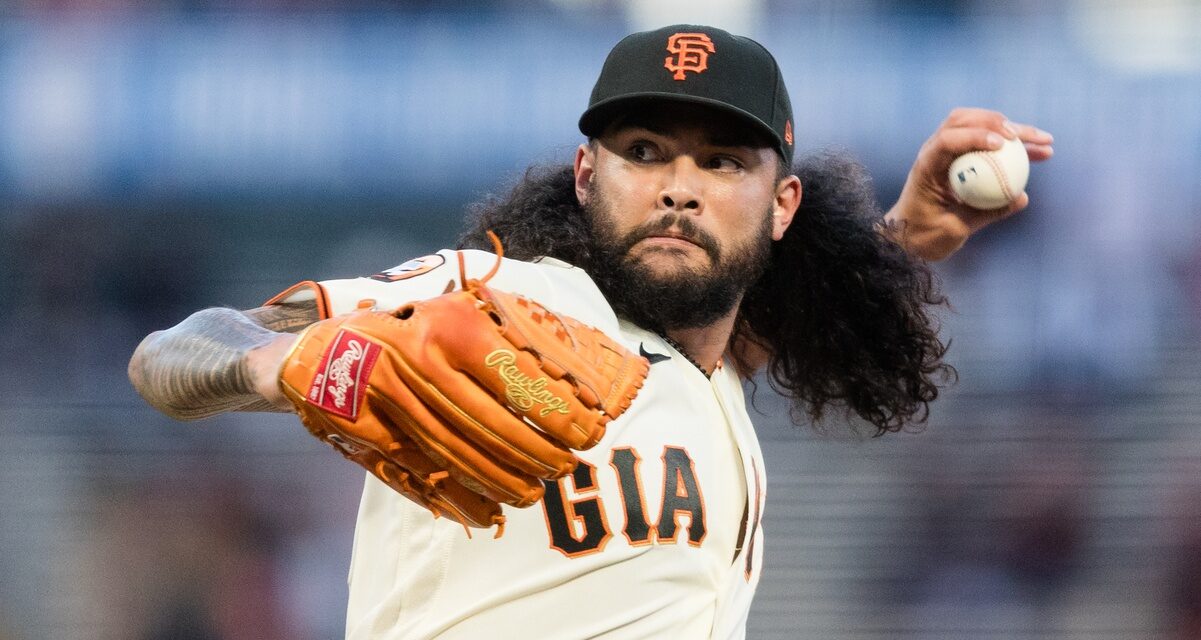Sean Manaea, SP
Position: LHP B/T: R/L
Age: 31 (02/01/1992)
2023 Traditional Stats: 37 G (10 S), 7-6, 117 2/3 IP, 4.44 ERA, 128 SO, 42 BB, 1.241 WHIP
2023 Advanced Stats: 95 ERA+, 3.90 FIP, 9.8 K/9, 3.2 BB/9, 25.7 K%, 8.4 BB%, 40.9 GB%, 0.3 bWAR
Rundown
After missing out on several top free agent starters — notably Yoshinobu Yamamoto — the New York Mets finally made another move to address their rotation. They’ve had to get creative this offseason, signing a former All-Star in Luis Severino and trading one of their recently acquired prospects, Coleman Crow, for another option in Adrian Houser.
Now they add Sean Manaea, who brings a solid resume to the mix. He had a successful six-year career with the Oakland Athletics, posting a 3.86 ERA over 727 innings. A shoulder injury in late 2018 put a halt to his career, but he bounced back strongly in 2021, putting up a 3.91 ERA over 32 starts.
Manaea regressed in 2022 with the San Diego Padres. He surrendered 29 home runs and posted a 4.96 ERA, the worst of his career. He moved north in the NL West in 2023, pitching for the San Francisco Giants. The Giants utilized him as both a starter and a reliever, despite him spending most of his career in rotations. He was a little better in his 27 relief appearances than in his 10 starts, with a 4.18 ERA and 10.4 K/9 out of the bullpen compared to 4.82 and 8.9 marks as a starter.
With Manaea showing improved velocity in 2023 and the lefty still in his early 30s, the Mets hope Manaea still has some gas in the tank. He’ll likely fill in as the No. 3 or 4 starter, depending on the performance/health of Luis Severino and José Quintana. While the Mets didn’t get their Yamamoto-type ace, they’ve still rounded out their rotation with some solid arms.

Photo by John Hefti-USA TODAY Sports
Contract
The Mets signed Manaea to a two-year, $28 million contract. The deal also includes a player opt-out after 2024. That gives Manaea a solid AAV without committing to him for too long; he’ll be with New York through his age-33 season, or age-32 if he opts out. Considering the Mets somewhat desperately needed to splurge for some sort of starting pitching help, this is a reasonable deal to make.
Deeper Look
Manaea’s velocity, as briefly mentioned above, took a step in the right direction in 2023. When he first returned from shoulder surgery in 2019, his average velocity on his sinker — his primary pitch — was down at 89.8 mph; for reference, he was around 92 during his prime with the A’s.
In 2021, his sinker velocity was back up to that 92 range. It was then he started to work on adding a four-seam fastball to his repertoire. He threw it in games just 23 times in the 2021 season, still throwing his sinker nearly 60% of the time. But by 2022, the four-seam was his most-thrown pitch. He threw it over half the time, falling back to 9.5% on his sinker.
And it worked…for the most part. The good news is that batters hit only .228 off it in that 2022 season while Manaea was with the Padres. The bad news is that they also slugged .406 and smacked 13 home runs against it.
But the most notable improvement Manaea made in 2023 was increasing the velocity of that pitch. He averaged 91.3 mph in his first full year of utilizing a four-seam fastball; that number shot up to 93.6 in 2023. Granted, it’s worth noting that a lot of his innings in 2023 came out of the bullpen, so it’s yet to be seen if Manaea can maintain that velocity in a full-time starting role.
Still, that was the highest velocity Manaea has averaged in any season of his career, suggesting that he’s far from washed up. And, for what it’s worth, Manaea’s highest average fastball velocity for a given month was April at 94.3 — a month in which four of his six appearances were starts.
Also of note, regarding Manaea’s pitching repertoire, was that he added a sweeper in late May. The high-70s pitch limited batters to a minuscule .140 average, and he posted a 3.60 ERA after adding it to his mix of weapons. He still used his slider and changeup more — the former of which had a .284 average against it. But with a harder four-seam fastball and a new sweeper at his disposal, Manaea has become a changed pitcher from what he used to be. Now it’s time for Jeremy Hefner to help bring the best out of him.
Grade: B
For all the reasons discussed, Manaea is a solid addition to the pitching mix and one that the Mets badly needed. The Severino signing is more of a wild card, with a sky-high ceiling and a catastrophic floor in terms of how he’ll perform. Acquiring Houser gave them a fairly reliable back-end starter, and now signing Manaea gives the Mets someone who should be a reliable mid-rotation workhorse. If Severino falters, then Manaea is someone who can pick up the pieces.
There’s also a scenario where Manaea ends up in the bullpen — not necessarily due to his own underperformance, but if the 2024 team features any pleasant surprises. Say Severino pitches well, Quintana stays healthy, and somebody like Tylor Megill breaks out or pitches better than expected. With Manaea’s improved velocity and recent experience out of the bullpen, maybe he ends up best utilized as a reliever.
For now, though, expect Manaea to be in the middle of the Mets’ starting rotation. He’s another left-handed pitcher to complement Quintana, he’s had a strong career, and the underlying stats bode well for him. Mets fans should be happy with this signing.















